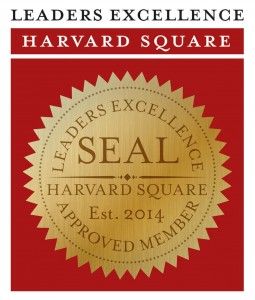Before we get started, let’s make sure we all understand just what we mean by a project and by project management. We’ll also look at what a project manager’s role is.
What is a Project?
A project is a limited endeavor (meaning it has specific start and finish dates) that is undertaken to meet particular goals and objectives. Projects are different than processes or everyday operations, which are repetitive, permanent, or semi-permanent functional work taken on to produce products or services.
All successful projects share the following characteristics:
- Clear goals
- Defined ownership/responsibility
- Timeline
- Dedicated team
- Defined methodology
- Controlled execution
- Completion evaluated based on original plan
- Linked to business objectives
- Supported by an organization’s management team
What is Project Management?
Project management is the combined art and science of planning, organizing, and managing resources to get a particular project done on time, within budget, and with the results that the organization set out to achieve.
There are many types of project management designed for different scenarios and different industries. Our focus is on the traditional method, used by the Project Management Institute, which follows five process groups.
What is a Project Manager?
A project manager is the person responsible and accountable for accomplishing the stated project objectives. Key project management responsibilities include creating clear and attainable project objectives, building the project requirements, and managing the triple constraint for projects.
The project manager is often required to perform a juggling act, balancing what the customer wants, and needs with what the team can provide in a particular time frame and with a particular budget. A successful project manager has a hodgepodge of skills and continues learning.
Key skills include:
- Leadership
- Negotiation
- Influence and persuasion
- Project management
- Communication
- Time management
- Stress and anger management
Although you do need project management skills to be a project manager, you don’t need to be a project manager to use project management skills. You will find uses for most of these tools in your day-to-day life, both personal and professional.






